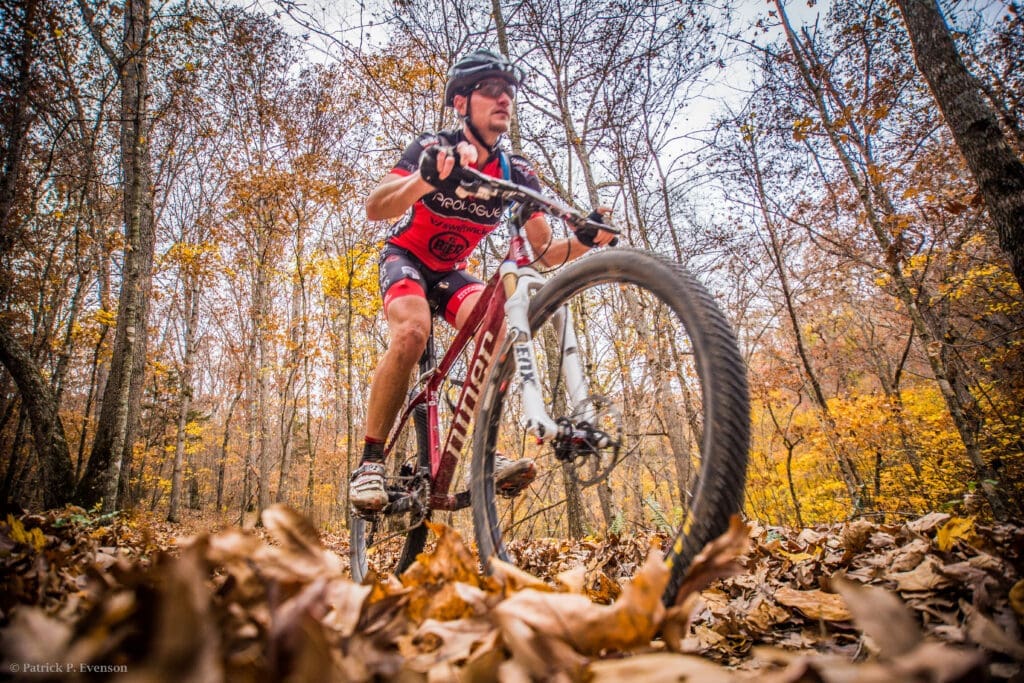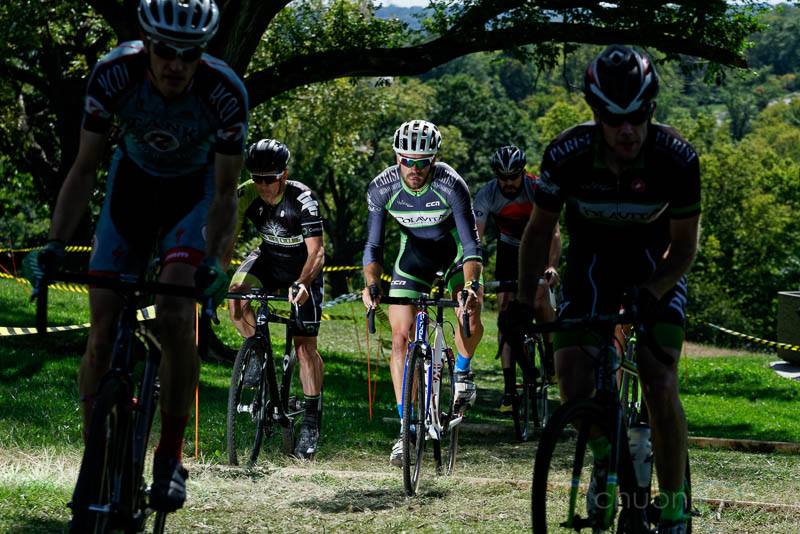As the vibrant colors of autumn begin to set in and temperatures become cooler, fall cycling takes on a special appeal. From quiet country roads and serene gravel paths to thrilling cyclocross races and challenging mountain trails, fall offers cyclists an ideal environment for embracing nature and testing their skills. Whether you’re an avid road cyclist, gravel enthusiast, cyclocross competitor, or mountain biker, fall has unique rewards—and challenges—that make it a standout season for cycling.
Why Fall Is the Perfect Season for Cycling
Fall brings breathtaking scenery, comfortable riding conditions, and a variety of trails that are less crowded than summer’s peak season. The crisp air not only helps you stay cool on long rides but also keeps trails in better condition, with fewer muddy or dust-choked paths than in summer. And with the changing leaves, fall cycling provides a scenic reward, giving riders a fresh, natural landscape at every turn.
For those who haven’t fully embraced fall cycling, this guide explores the joys and practicalities of each cycling style, along with essential tips to stay comfortable, safe, and prepared.
Road Cycling in Fall: Enjoy the Changing Scenery
Road cycling in autumn is an opportunity to enjoy picturesque landscapes without the intense heat of summer. Country roads, scenic byways, and suburban routes are all refreshed with vibrant foliage, making even familiar routes feel new.
Tips for Fall Road Cycling:
- Optimize Visibility: Days grow shorter in fall, and it’s wise to add front and rear lights to your bike to ensure visibility, especially if your ride runs into dusk.
- Choose the Right Tires: Leaf-covered roads and occasional showers make roads slicker than usual. Consider slightly wider tires or lowering tire pressure to improve traction.
- Adjust Your Ride Times: As daylight fades earlier in fall, planning morning or mid-afternoon rides ensures you’re maximizing available light.
Gear Essentials:
- Lightweight, Windproof Jackets: A jacket that blocks wind but remains breathable will keep you warm on cool fall days.
- Gloves: Full-finger gloves provide additional warmth without compromising grip, allowing for better control even in cooler temperatures.
- Arm and Leg Warmers: These can be removed as the day warms up, offering flexibility for riders who start early.
- Thicker Socks: While winter socks are not needed yet, there are plenty of socks that are great for fall riding.
For more tips on keeping your road rides comfortable and safe, check out this Road Cycling Fall Clothing Guide.
Gravel Cycling: Exploring New Paths Amid Fall’s Quiet
Gravel cycling takes you off the beaten path to explore quiet backroads and lesser-known trails. Fall’s mild weather and scenic changes make it a perfect time to adventure onto gravel paths surrounded by colorful trees and wildlife.
Tips for Gravel Riding in Fall:
- Check Trail Conditions: Fallen leaves can obscure rocks, roots, and other trail hazards. Stay alert and keep your pace manageable to navigate these hidden obstacles.
- Carry a Repair Kit: Punctures and rough terrain are common on gravel trails, and having a kit with spare tubes, tire levers, and a mini-pump is a must.
- Map Out Seasonal Closures: Some trails may close seasonally for maintenance or hunting season, so check local listings before heading out.
Gear Essentials:
- Tubeless Tires: Tubeless options with sealant help prevent punctures on rough or debris-filled trails, keeping your ride hassle-free.
- Water-Resistant Layers: Gravel paths often take you far from shelter, so it’s helpful to bring a light, packable waterproof jacket in case of unexpected rain.
Cyclocross Season: Celebrating Fall with Exciting Races
Fall is cyclocross season, bringing thrilling, competitive races with a mix of road and trail riding, obstacles, and frequent bike dismounts and remounts. Cyclocross is all about skill, agility, and adapting to varying terrain, making it both physically demanding and immensely fun.
Tips for Cyclocross Riders:
- Practice Dismounts and Remounts: Cyclocross courses are designed to test your agility. Practicing your technique on different surfaces will give you an advantage on race day.
- Maintain Your Bike: Cyclocross can quickly wear on your bike. Mud, sand, and grass can take a toll on the drivetrain and brakes, so be diligent with cleaning and maintenance.
- Focus on Layering: Cyclocross requires warm, flexible clothing that won’t restrict movement. Opt for layers that can be removed easily as you warm up.
Gear Essentials:
- Sturdy, Weather-Resistant Shoes: Cyclocross riders spend a lot of time on foot, so shoes that offer stability and grip, even when wet, are crucial.
- Flexible Gloves: Gloves should keep your hands warm while allowing for quick grip changes as you maneuver through obstacles.
Mountain Biking: Fall’s Challenges and Rewards
Cooler temperatures make fall an ideal time for mountain biking, allowing for longer, more comfortable rides. Fall also brings unique trail conditions as fallen leaves, and occasional rain can add new elements of challenge to favorite trails.

Tips for Mountain Biking in Fall:
- Anticipate Trail Changes: Fallen leaves can create slippery surfaces and hide obstacles. Riding with awareness and staying light on the handlebars helps improve handling.
- Stay Prepared for Weather Shifts: As with all outdoor sports, fall weather can change quickly. Keep an eye on the forecast, and bring an extra layer just in case.
- Choose Grippy Tires: Mountain biking in the fall can be tricky with wet or muddy trails, so select tires designed for grip to ensure stability.
Gear Essentials:
- Durable Gloves: Gloves with good grip and padding will reduce hand fatigue on longer rides and provide protection if you encounter a slip or fall.
- Mud-Resistant Tires: Tires designed to handle mud and debris help prevent build-up and maintain traction.
Essential Tips for All Fall Cyclists
- Plan Your Route: As days grow shorter, plan routes that take advantage of available light, and bring headlights and taillights to stay visible.
- Watch the Weather: Fall’s unpredictable weather can make or break your ride. Keep an eye on the forecast, and be prepared with appropriate clothing.
- Lower Tire Pressure: This adjustment provides better traction on wet, slick, or uneven surfaces, keeping you more stable during your ride.
- Stay Visible: Fall cycling often means dim light and shorter days. High-visibility clothing and reflective gear improve your safety on the road or trail.
Dressing for Fall Cycling: Stay Warm, Dry, and Comfortable
Proper clothing can make a big difference in your comfort and safety during fall rides. Here are some key clothing recommendations to ensure you’re prepared for varying conditions.
- Base Layer: A moisture-wicking base layer manages sweat and keeps you dry. Merino wool or synthetic options work well for fall temperatures.
- Outer Layer: A windproof, water-resistant jacket is essential for those cool, breezy autumn days.
- Leg and Arm Warmers: These versatile pieces are easy to remove as you warm up but essential for cold morning starts.
- Gloves: Full-finger gloves keep your hands warm and improve control over your brakes and handlebars.
- Headgear: A lightweight beanie or headband under your helmet will help retain heat without adding bulk.
For an extensive guide on fall cycling attire, visit this Fall Cycling Clothing Guide.
Make the Most of Fall on Your Bike
Cycling in fall is a unique and rewarding experience. With cooler weather, breathtaking landscapes, and diverse terrains, every ride is an opportunity to connect with nature and challenge yourself. Embrace the season with the right gear, proper planning, and a sense of adventure, and let the joys of fall cycling enrich your riding experience.
Featured Image: Roger Harrison















